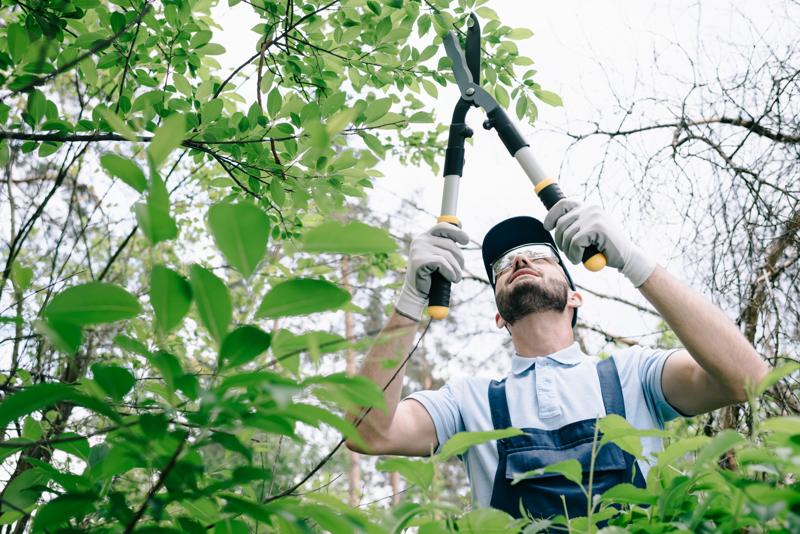A Complete Guide for Identifying protected Trees throughout Hawkesbury

Trees play a crucial part in the environment as they provide shade, clean air, and aesthetic value to our surroundings. However, not all trees are alike and some have additional protection status, making it illegal to do any activity without authorization. If you’re considering having a tree removed it is crucial to be aware of the status of protection for the tree being considered and the steps you have to take to comply with the laws. The following article we’ll help you understand the process of discovering whether trees are secured and the steps you will need be doing to make sure that you are following the law.
What is a protected tree?
A protected tree is one that can be subject to specific laws and regulations, and it’s illegal to carry out work on such a tree without having the appropriate permissions. There are two types of protection a tree might have: statutory protection and preservation orders.
Legal protection
In the context of the law trees are protected under laws and in the hands of Tree Preservation Orders (TPOs). TPOs are issued by local authorities to safeguard trees of significant value to the public and ensure they are not damaged or destroyed.
Preservation orders
Preservation orders are similar to TPOs , but are issued through the secretary of state for the Environment. The trees that are protected by preservation orders are considered to have an exceptional worth and are therefore protected from any work, including the felling.
What can I do to determine if a tree is protected?
To determine if a tree is protected, you will need to check if it is under the protection of a TPO or preservation order. This can be accomplished by contacting your local authority and asking them to search for records.
TPO search
To find a TPO, you can contact an Tree and Woodland officer at the local authority. They will be able to tell you if the tree is protected. They’ll also be able to advise you about the next steps to do if your tree is in a protected area.
Preservation order search
If you are looking for a preservation permit, you must contact the Secretary of State for the Environment. They can determine whether the tree is protected and provide you with the information you require and direction.
FAQs:
What happens if I conduct work on a tree that is protected without permission?
If you do work on a protected tree without obtaining the necessary permissions, you could face substantial fines and even imprisonment.
Can I contest an TPO Or preservation or TPO?
Yes, you are able to appeal an appeal of a TPO or preservation or TPO if you feel that it is not justified. You will have to prove your argument and demonstrate your argument as to why you believe that the TPO or preservation order is not necessary.
Can I remove a protected tree?
It is illegal to remove protected trees without permission from the appropriate authorities. If you require removal of the tree then you must apply for permission and provide evidence to support your case.
Conclusion
In the end, determining if trees are protected is an essential step in ensuring that any tree work is legally completed. Understanding the different kinds of protection, and knowing how to determine if they are protected to ensure you are acting within the law and protecting the trees in your care. If you’re not sure about the nature of the protection of trees, we suggest consulting an expert in tree care, such as Hawkesbury Tree Pruning. Our experienced arborists will be able to inform you regarding the status of protection of your trees and walk you through the steps to make sure you’re following the legal guidelines. With our expertise and commitment to provide high-quality tree services, we can help you maintain the beauty and worth for your tree. Call us now by phone at 0480 024 203 to schedule a appointment, and let us help you keep your trees protected and healthy.





















